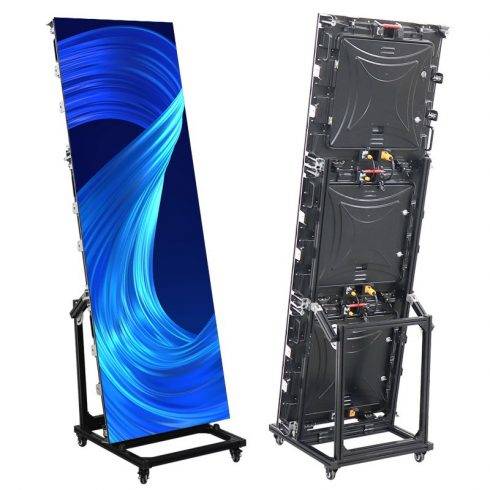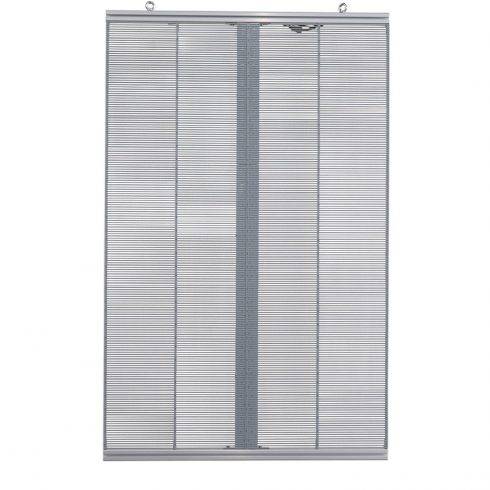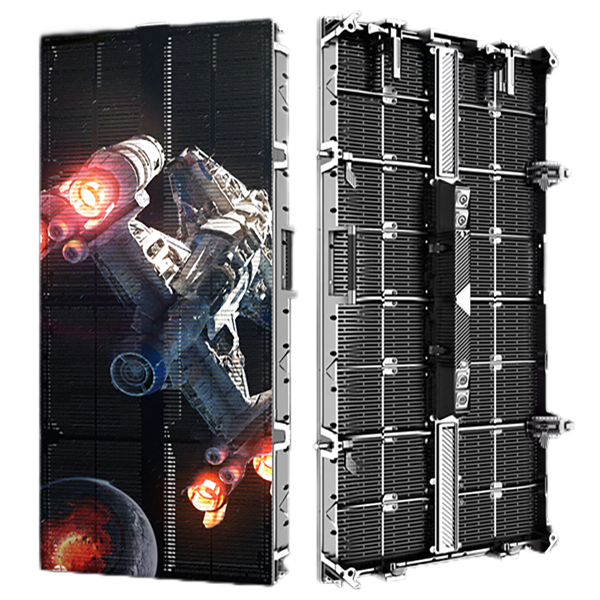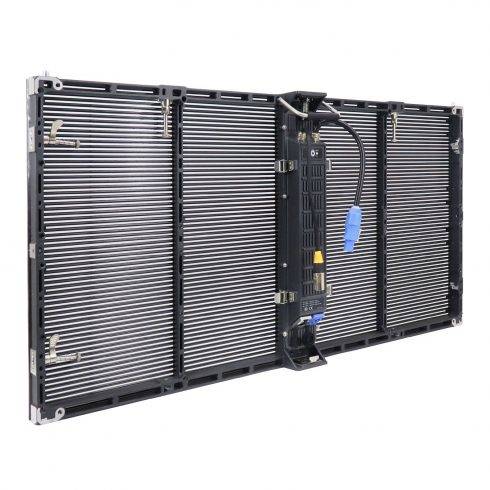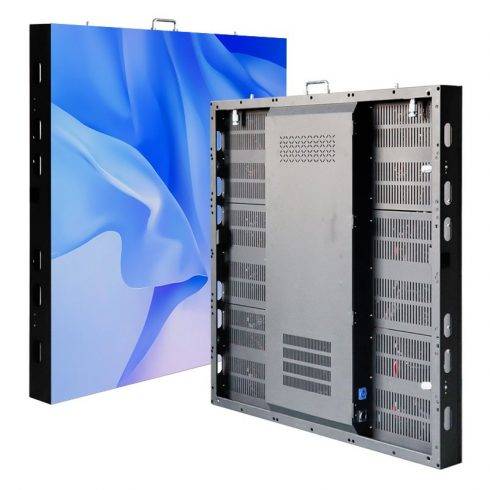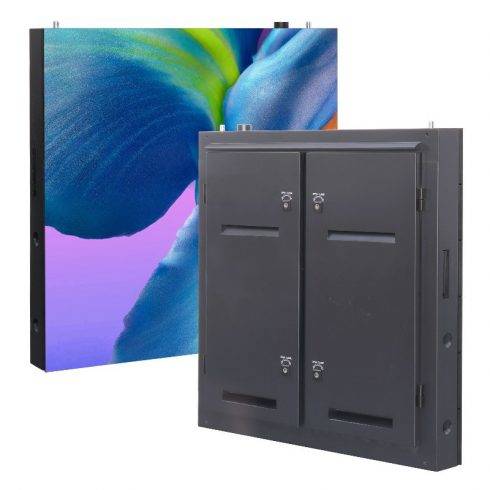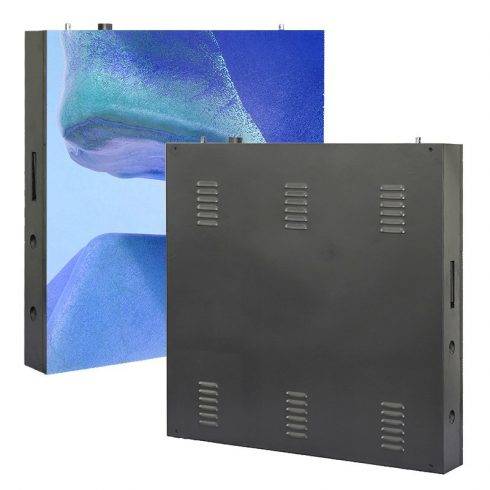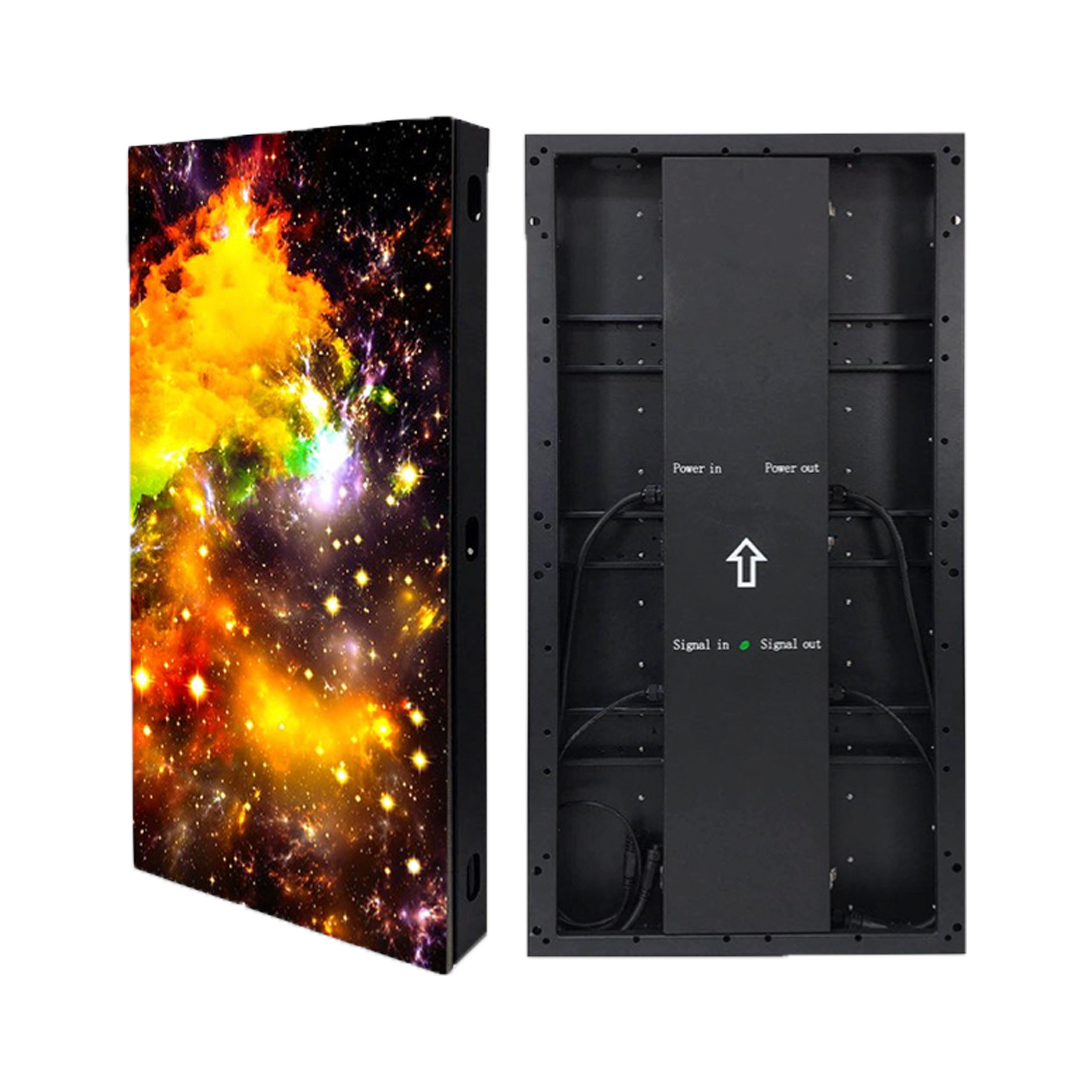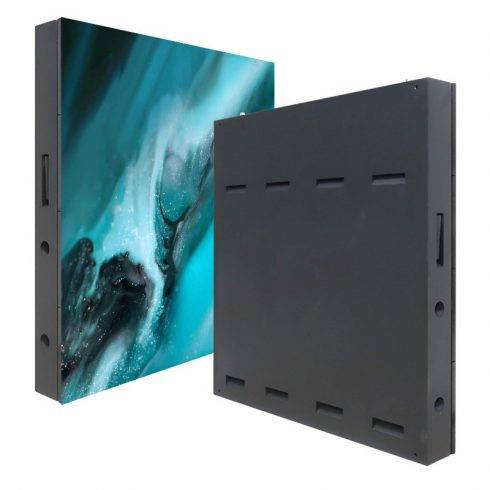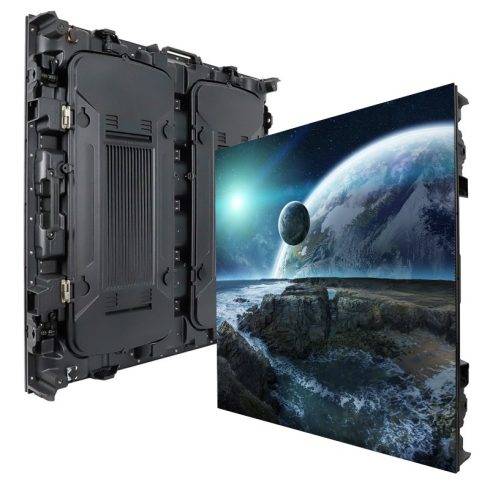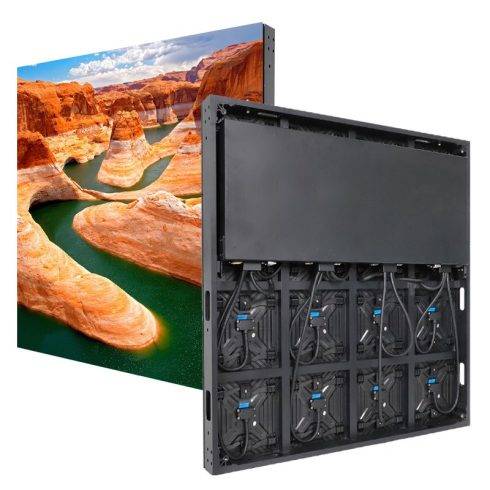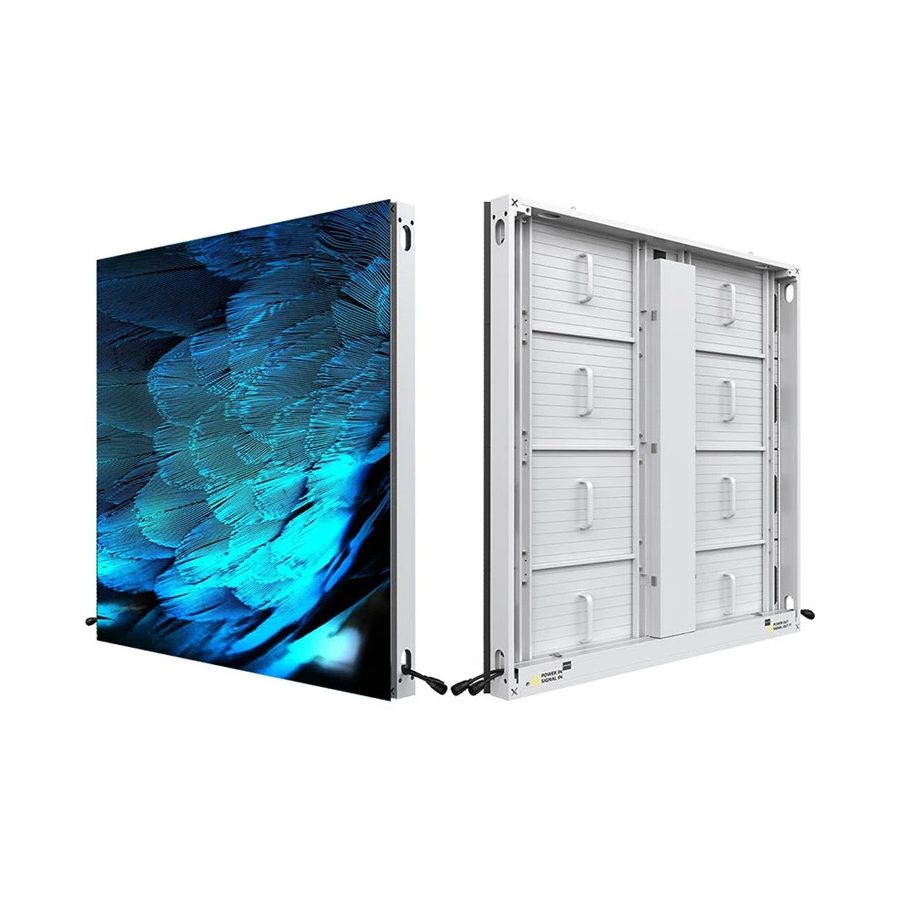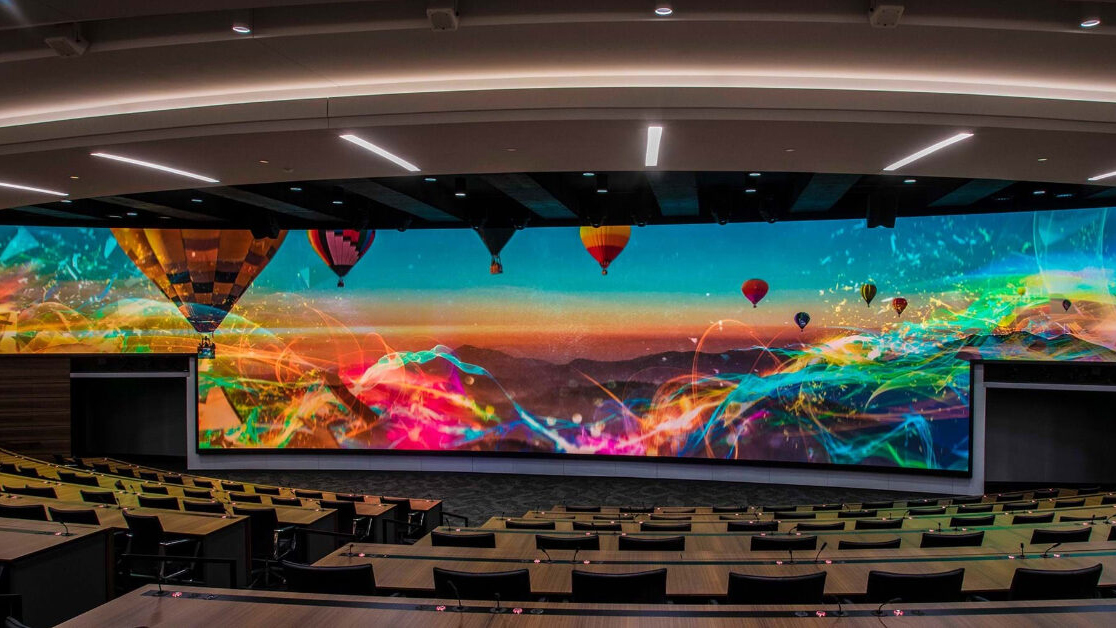In recent years, LED (Light Emitting Diode) displays have transformed into an integral part of our digital lives, powering screens from mobile devices to billboards. As the demand for high-quality visuals rises, the LED display manufacturing industry has evolved with rapid advancements in technology and shifts in global market dynamics. This essay explores the intricate landscape of LED display manufacturing, highlighting its technological foundations, production processes, and the market forces driving its growth.
The Evolution of LED Display Technology
LED displays emerged as a revolution in screen technology, providing brighter, more energy-efficient alternatives to traditional display methods like LCD (Liquid Crystal Display) and CRT (Cathode Ray Tube) screens. LED displays consist of arrays of LEDs, each serving as a pixel to collectively form images. Their popularity stems from their ability to produce high-contrast visuals, exceptional color accuracy, and adaptability to both indoor and outdoor settings. The industry has made significant strides, progressing from basic monochromatic LEDs to advanced displays with microLEDs and OLEDs (Organic LEDs) that deliver improved resolution, energy efficiency, and lifespan.
Recent advancements have led to more compact, flexible, and durable LED display solutions. MicroLED technology, for example, uses smaller, more densely packed LEDs, resulting in higher-resolution displays suited for small devices like smartphones, as well as large-format installations. This development has spurred innovations in LED display design and production, prompting manufacturers to refine their processes to meet market demands for sharper and more vibrant displays.
Key Components and Manufacturing Process of LED Displays
LED display manufacturing involves complex, precision-driven processes that combine several key components. At its core, an LED display includes:
- LED Chips: The heart of any LED display, LED chips convert electrical energy into light. The chip material and design determine the color, brightness, and efficiency of the display. GaN (Gallium Nitride) and GaP (Gallium Phosphide) are commonly used materials in LED chips for their durability and brightness.
- PCBs (Printed Circuit Boards): LEDs are mounted on PCBs, which act as the foundation for connecting electronic components. PCBs provide the necessary wiring to ensure that each LED chip functions properly.
- Encapsulation and Lenses: LED chips are typically encased in materials like silicone or epoxy to protect them from external damage. Lenses are often added to focus and direct light output, enhancing display clarity and visibility.
- Power Supply Units: LED displays require efficient power management to maintain brightness without overheating. Power supply units regulate voltage and current, ensuring stable operation.
- Control Systems: A control system governs the display’s operation, converting data into signals that each LED understands, thereby generating synchronized, clear visuals.
The manufacturing process starts with sourcing LED chips, typically produced in cleanroom environments where wafers are grown, cut, and treated to form the micro-scale LEDs. These chips are then mounted onto PCBs through surface-mount technology (SMT), where precision machines place the LEDs in exact positions. Encapsulation follows, protecting the LEDs from environmental exposure. Finally, the displays undergo rigorous testing to ensure they meet quality and safety standards.
Global Manufacturing Hubs and Market Trends
The LED display manufacturing industry is highly globalized, with significant production hubs in East Asia, particularly China, Taiwan, and South Korea. China dominates the market due to its large manufacturing capacity, economies of scale, and government support for LED technology. Chinese companies produce a vast range of LED products, from basic display screens to high-resolution, large-format displays.
South Korea and Taiwan are also key players, known for their expertise in LED components and semiconductors. Companies like Samsung and LG lead the development of high-resolution LED displays and OLED screens, integrating their displays into smartphones, televisions, and even automotive technology.
Several market trends shape the global LED display landscape:
- Miniaturization and Increased Resolution: The demand for high-resolution displays has led to miniaturized LEDs, with MicroLEDs emerging as a prominent trend. MicroLEDs enhance resolution while reducing power consumption, making them ideal for both small and large display applications.
- Outdoor and Transparent Displays: LED displays are no longer confined to indoor spaces; outdoor displays, especially digital billboards and signage, are experiencing robust growth. Transparent LED displays are gaining traction for retail and architectural applications, allowing for immersive advertising and branding experiences.
- Sustainability and Energy Efficiency: The LED display industry faces growing pressure to reduce energy consumption and minimize environmental impact. Manufacturers are focusing on eco-friendly materials, energy-efficient designs, and extended product lifespans to meet sustainability goals.
- Smart Integration: As part of the IoT (Internet of Things) revolution, LED displays are increasingly integrated into smart systems, with applications ranging from public transportation and smart city initiatives to interactive displays in retail environments.
Challenges in LED Display Manufacturing
While the industry continues to innovate, LED display manufacturers face several challenges:
- Supply Chain Volatility: The global semiconductor shortage has affected LED manufacturing, increasing costs and causing delays. Companies reliant on specific materials, like gallium and rare earth metals, are particularly vulnerable to supply chain disruptions.
- Technological Complexity: Advanced LED displays, especially those with MicroLEDs, require precise manufacturing techniques that are costly and technically demanding. Achieving uniform brightness and color balance on large-format MicroLED displays remains a challenge, as even minor inconsistencies can impact visual quality.
- Cost of Production: Producing high-resolution LED displays is expensive, with research and development, testing, and quality control contributing to high overhead costs. The price point of MicroLEDs and OLEDs, in particular, remains a barrier to widespread adoption, though costs are gradually decreasing.
- Regulatory and Environmental Constraints: The push for sustainable practices affects LED manufacturers, who must comply with environmental regulations on waste management, chemical usage, and energy efficiency standards.
The Future of LED Display Manufacturing
Looking ahead, the LED display manufacturing industry shows promise as it continues to adapt to emerging technologies and shifting consumer demands. MicroLED and OLED technologies are likely to dominate the premium display market, while miniaturized LED displays will find applications in wearable technology, AR/VR devices, and automotive HUDs (Heads-Up Displays). Transparent and flexible LED displays are also set to redefine how screens are integrated into physical spaces, transforming surfaces into interactive displays without obstructing natural light.
With sustainability at the forefront, the industry will likely embrace greener practices, investing in materials that reduce environmental impact and focusing on displays with low power consumption. Government regulations and consumer awareness around energy efficiency will drive this change, pushing companies to prioritize sustainable manufacturing processes.
Furthermore, the rise of AI-driven technologies in display management could lead to smarter LED displays capable of real-time adjustments, improved color rendering, and interactive capabilities. The integration of AI with IoT devices, such as in smart cities, could enable LED displays to serve not just as screens but as vital tools for communication, security, and public engagement.
Conclusion
The LED display manufacturing landscape reflects the intersection of cutting-edge technology, complex global market dynamics, and evolving consumer expectations. From MicroLEDs and OLEDs to innovative applications in outdoor and transparent displays, the industry continues to push the boundaries of what’s possible in visual technology. As manufacturers navigate supply chain challenges and environmental demands, the future of LED displays promises brighter, smarter, and more sustainable solutions, making LED displays a cornerstone of the modern digital world.








